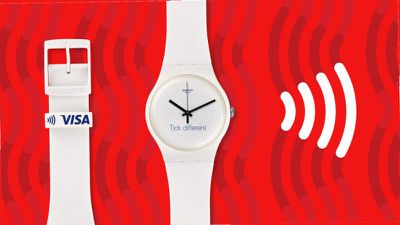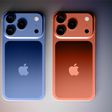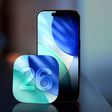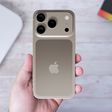New York University graduate student Dejian Zeng spent last summer working in a Pegatron factory manufacturing the iPhone 6s and 7 as part of a summer project, where he got a first hand look at what factory life is like for a worker in China.
Zeng did a extensive, detailed interview with Business Insider, where he shared his experience and offered up an inside glimpse at how factories like Pegatron work.
When he first arrived at the factory, Zeng's job was in final assembly. His sole task was to put a sticker on the back of the iPhone 6s and add a screw, over and over again, a process that he said was "very boring."
Employees at Pegatron are not allowed to bring in electronic devices, so there's no entertainment like music. Strict security measures are in place, including metal detectors, preventing outside devices from entering the factory.
While Zeng started out assembling the iPhone 6s, the factory switched over to the iPhone 7 in August ahead of its September launch, providing an interesting look at how security ramps up when an unreleased device is being manufactured.
According to Zeng, once the iPhone 7 was in trial production, the sensitivity of the metal detectors was ramped up, with no metal, including the metal of underwire bras, allowed through. Two security checks were also required, and new assembly line infrastructure had to be built. Apple employees were also on hand to keep an eye out for issues.
When we were producing the iPhone 7, they have Apple staff there every single day to monitor the process because it's a new product they want to see if there are new problems.
The management of the factory becomes very, very careful. It needs to be very, very clean. All the case holders need to be in the exact position of where they should be. The process changed a lot because it used to be just an assembly line. They made it a clean room, like they want to keep the dust out.
Zeng earned the equivalent of $450 for a month of work, including overtime pay, for working up to 12 hours per day. Because of unpaid breaks, he was only paid for 10.5 hours. He was also provided with housing in a dorm with multiple other employees, but he had to pay for meals. At $450 per month, Zeng did not earn anywhere near enough to purchase one of the devices he was assembling, and he said most of his coworkers used Chinese smartphones from Oppo or similar brands rather than an iPhone.
Still, he said some factory workers considered producing the unreleased iPhone "as a very cool thing," and everyone knew they were working on an upcoming device. Factory jobs, he said, weren't hated, but weren't liked, and turnover rates were "very high." "It's very normal for workers to leave after two weeks or a month," he said.
We just consider it a job that can give us money. Nobody enjoys the process because the purpose of getting to work is waiting to get out.
The only thing that we're thinking about is really money, money, money. I need to get some money from my family, I need to support my life, support my kids.
On the subject of safety training, Zeng said Pegatron was "very careful" and the training was thorough. Workers only get two days of training, though, with most of the focus on safety, and they're also required to download a special app designed by Apple that includes additional training documents and information on overtime. Pegatron, he said, did seem to keep an eye out for safety issues and other problems like underage workers.
According to an Apple spokesperson that spoke to Business Insider, Apple has employees on the ground at the Pegatron facility every day and performs regular audits to make sure employees aren't working more than 60 hours. Apple also pointed out that wages at Pegatron have increased 50 percent over the last five years and are higher than the Shanghai minimum wage.
Zeng, who originally visited the factory in anticipation of a worker strike due to reduced wages and the elimination of bonuses, says his experience at the factory has affirmed that his plan for a career in human rights advocacy is the right choice.
Zeng's full interview with Business Insider, which goes into much more detail on working conditions, employee routines, living quarters, food, overtime pay, safety procedures, and more, is well worth checking out.
Note: Due to the political nature of the discussion regarding this topic, the discussion thread is located in our Politics, Religion, Social Issues forum. All forum members and site visitors are welcome to read and follow the thread, but posting is limited to forum members with at least 100 posts.
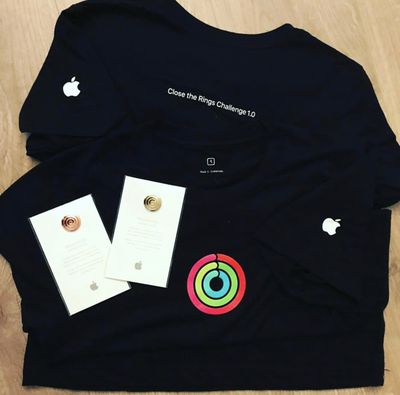


 Apple's TestFlight platform, used by developers for beta testing iOS apps, was today updated to add
Apple's TestFlight platform, used by developers for beta testing iOS apps, was today updated to add 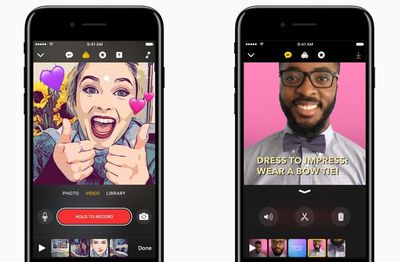
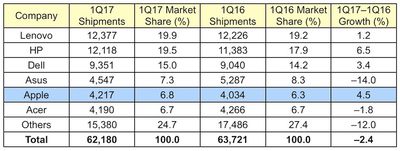
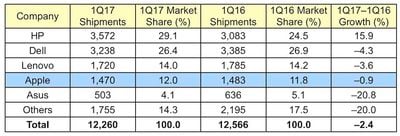
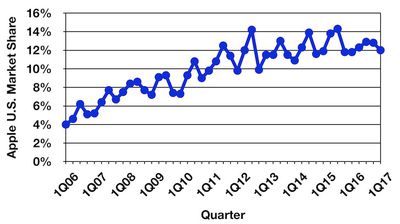


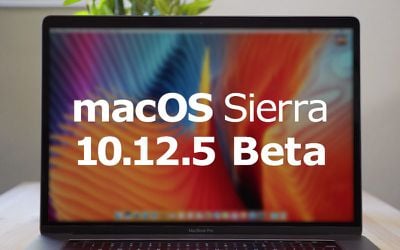
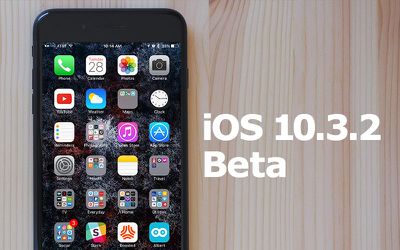
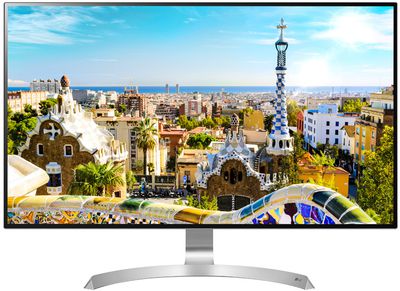
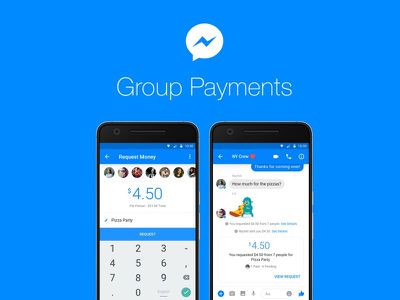

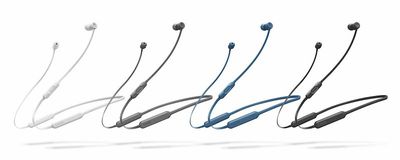
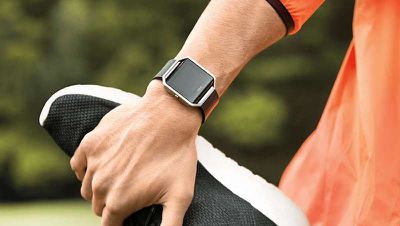

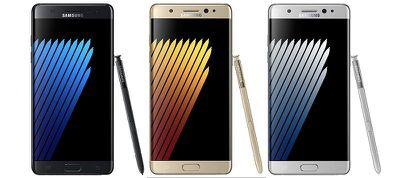
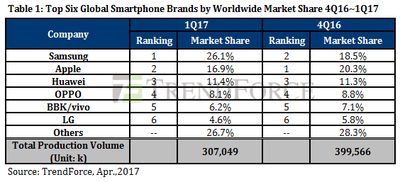
 Western Digital's new drive has a transfer rate of up to 195 MB/s, and in terms of charging the company said that the G-Drive USB-C provides up to 45 watts of USB Power Delivery. The drive is compatible with Thunderbolt 3 as well.
Western Digital's new drive has a transfer rate of up to 195 MB/s, and in terms of charging the company said that the G-Drive USB-C provides up to 45 watts of USB Power Delivery. The drive is compatible with Thunderbolt 3 as well.